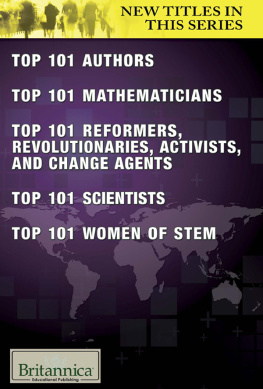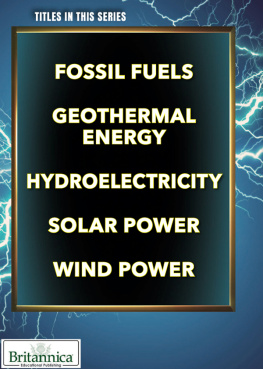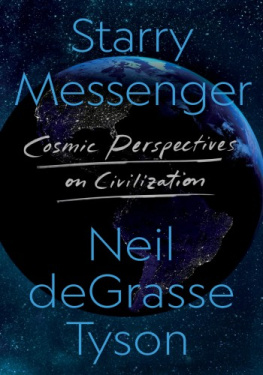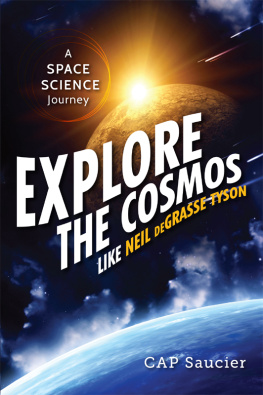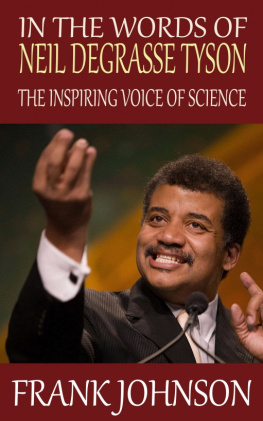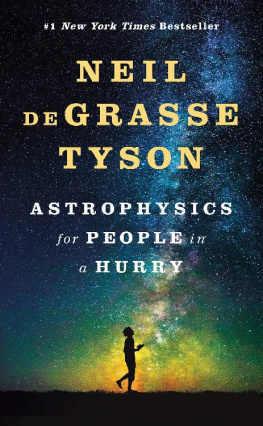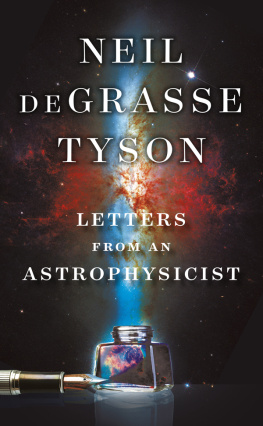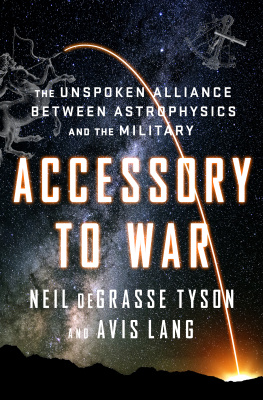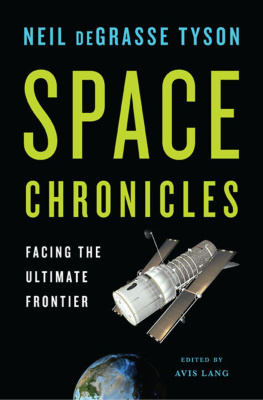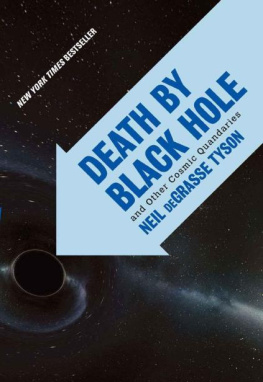
Published in 2017 by Britannica Educational Publishing (a trademark of Encyclopdia Britannica, Inc.) in association with The Rosen Publishing Group, Inc.
29 East 21st Street, New York, NY 10010
Copyright 2017 by Encyclopdia Britannica, Inc. Britannica, Encyclopdia Britannica, and the Thistle logo are registered trademarks of Encyclopdia Britannica, Inc. All rights reserved.
Rosen Publishing materials copyright 2017 The Rosen Publishing Group, Inc. All rights reserved.
Distributed exclusively by Rosen Publishing.
To see additional Britannica Educational Publishing titles, go to rosenpublishing.com.
First Edition
Britannica Educational Publishing
J.E. Luebering: Executive Director, Core Editorial
Anthony L. Green: Editor, Comptons by Britannica
Rosen Publishing
Amelie von Zumbusch: Editor
Nelson S: Art Director
Michael Moy: Designer
Cindy Reiman: Photography Manager
Karen Huang: Photo Researcher
Cataloging-in-Publication Data
Names: Lachner, Elizabeth, editor.
Title: Top 101 scientists / edited by Elizabeth Lachner.
Other titles: Top one hundred one scientists | Top one hundred and one scientists
Description: First edition. | New York : Britannica Educational Publishing in association with Rosen Educational Services, 2017. | 2017 | Series: People you should know | Includes bibliographical references and index.
Identifiers: LCCN 2015050941 | ISBN 9781680484984 (ebook)
Subjects: LCSH: ScientistsBiographyJuvenile literature. | ScienceHistoryJuvenile literature.
Classification: LCC T39 .T675 2017 | DDC 509.2/2dc23
LC record available at http://lccn.loc.gov/2015050941
Cover (top left) Robert W. Kelley/The LIFE Picture Collection/Getty Images; cover and interior pages border iStockphoto.com/urbancow
CONTENTS
H umans incessantly explore, experiment, create, and examine the world. The active process by which physical, biological, and social phenomena are studied is known as science. Individuals involved in science, called scientists, often spend their entire lives in pursuit of answers to probing questions. This ongoing process often leads to new areas of scientific inquiry.
Although many areas of scientific inquiry are interrelated, specific scientific disciplines, or divisions, have been established. The sciences can be broadly divided into two main areas: the natural sciences and the social sciences. The natural sciences comprise the physical sciences, earth and space sciences, and life sciences; the social sciences encompass disciplines that deal with social and cultural aspects of human behavior, such as economics, sociology, and psychology.
Some scientists are driven by little more than the desire to learn. They may study to gain knowledge for its own sake. These scientists are engaged in basic, or pure, science. Their projects may or may not have any relevance to everyday life. Scientists working in applied science, on the other hand, usually have a specific goal in mind. This goal may involve a product, process, business, or other human need. An applied scientist often uses information recently gathered by other scientists as well as the cumulative knowledge of the pure sciences.
The branches of study that are now called sciences once fell under the heading of philosophy, an umbrella term that suggested the pursuit of knowledge. As recently as the early 19th century, physicists and chemists were still called philosophers. The word "scientist" was invented in 1840 by an English writer, William Whewell. It came gradually to refer to practitioners of a specialized field of knowledge. The prestige of the natural sciences at the time lent its weight to them, in contrast to other branches of study that were not considered to use the scientific method.
The scientific method today is not limited to the methods used in specific branches of science. Every area of study has its own specific goals and its own methods for reaching them. For example, most chemistry research takes place in a lab, while botanical studies may be conducted in greenhouses or in the field. However, the overarching process of the scientific methodforming a hypothesis based on observations of phenomena and using a rigorous approach to investigating that hypothesisis the foundation of modern research in all areas of science. The goals and methods of research in physics are not the same as those of botany or geology, yet all follow a standard approach to study questions of interest.
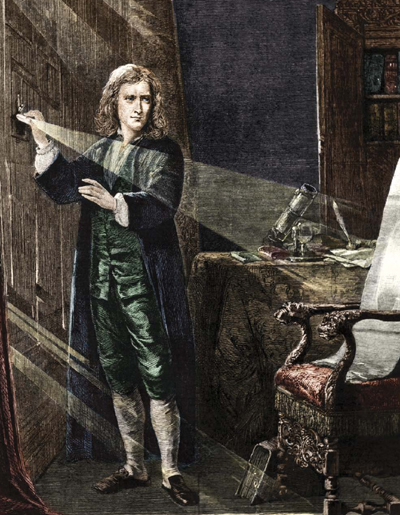
Scientists conduct experiments to learn about the world around them. Here Isaac Newton disperses sunlight through a prism for a study of optics.
Science plays a major role in society, and even nonscientists can appreciate scientific progress. Because of science, human understanding of the past, present, and future is constantly in a state of flux. For instance, decades ago the notion of identifying the entire genetic code of an organism would have seemed an impossible feat. Today it is a mark of scientific progress. Because scientific inquiry never ceases to exist, events once dismissed as material for science fiction, such as medical therapy based on an individuals genetic makeup, now seem inevitable.
(b. 1911d. 1988)
T he experimental physicist Luis W. Alvarez won the 1968 Nobel Prize for physics for work that included the discovery of resonance particlessubatomic particles that have very short lifetimes and that occur only in high-energy nuclear collisions. He also worked on the atom bomb in the 1940s. In his later years he theorized that the dinosaurs were made extinct as a result of a meteor crashing into Earth 65 million years ago.
Luis Walter Alvarez was born in San Francisco on June 13, 1911. He was educated at the University of Chicago, where he received a B.S. degree in 1932 and a Ph.D. in 1936. In the latter year he joined the faculty of the University of California at Berkeley, where he became professor of physics in 1945 and later associate director (195459, 197578) of the Lawrence Radiation Laboratory (now Lawrence Berkeley Laboratory). Alvarez worked on microwave radar research at the Massachusetts Institute of Technology from 1940 to 1943 and at the Los Alamos (New Mexico) Scientific Laboratory from 1944 to 1945. He helped to develop microwave beacons, linear radar antennas, the ground-controlled landing approach system, and a method for aerial bombing that used radar to locate targets. He also suggested the technique for detonating the implosion type of atom bomb.
After World War II Alvarez helped construct the first proton linear accelerator. He also developed the liquid hydrogen bubble chamber in which subatomic particles and their reactions are detected. His autobiography, Alvarez: Adventures of a Physicist, was published in 1987. He died in Berkeley on September 1, 1988.
(b. 287d. 212 BCE)
T he first scientist to recognize and use the power of the lever was Archimedes. This gifted Greek mathematician and inventor once said, Give me a place to stand and rest my lever on, and I can move the Earth. He also invented the compound pulley and Archimedess screw. Archimedes was a brilliant mathematician who helped develop the science of geometry. He discovered the relation between the surface area and volume of a sphere and those of its circumscribing cylinder.

